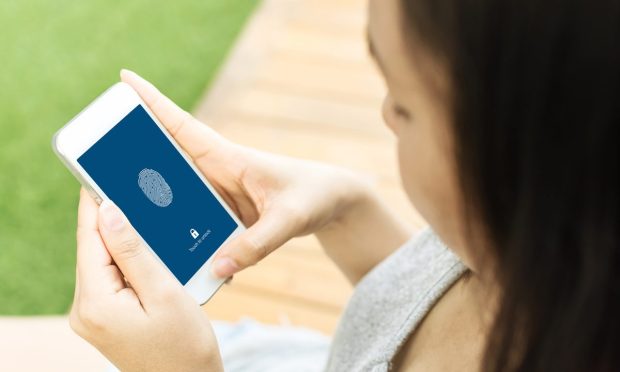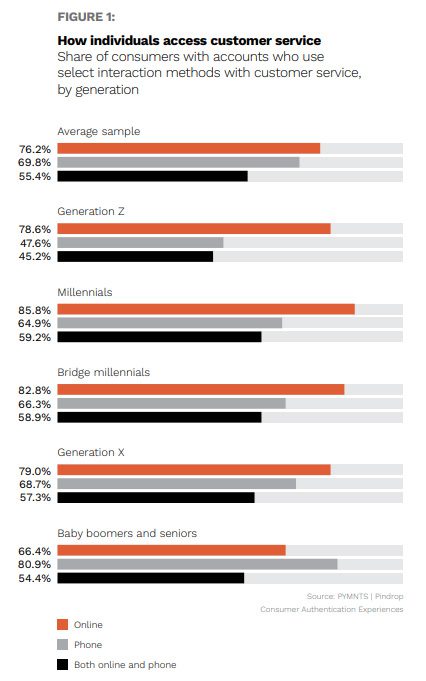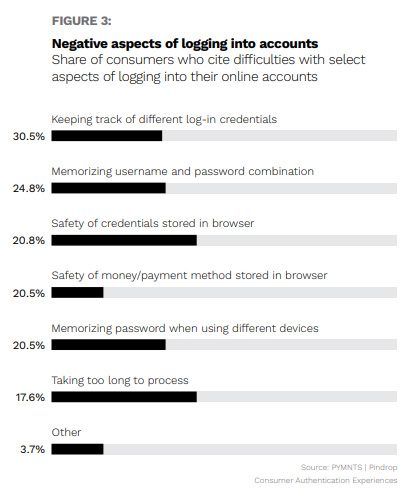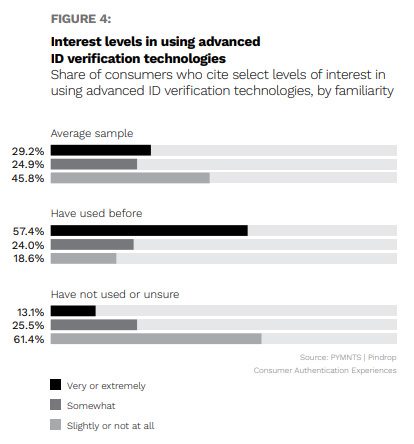57% of Consumers Who Have Used Advanced ID Verification Want to Use It Again

While digital contact methods have grown in popularity, the telephone remains a staple of customer service contact, according to the “Consumer Authentication Experiences” report, a PYMNTS and Pindrop collaboration based on a survey of 3,797 consumers in the United States.
Get the report: How to Achieve Friction-Free Customer Care
Seventy percent of consumers access customer service with the traditional telephone, while 76% use digital channels. Contacting customer service is not a one way or the other proposition, however, as 55% of consumers use both online channels and the phone to conduct business.

More consumers are more satisfied with the identification process required to access accounts when using online or digital means than when using the phone, as 52% of consumers who access accounts digitally say they are satisfied, whereas just 43% who contact customer service via phone call share this sentiment.
This data highlights the sizable opportunity to improve customer satisfaction.
The most cited negative aspect of logging into online accounts when interacting with customer service is keeping track of different log-in credentials. Thirty-one percent of consumers cite that as a difficulty.
Twenty-five percent of consumers say memorizing a username and password combination is a negative aspect of logging into accounts. Three other difficulties are each cited by about 21% of consumers: safety of credentials stored in browser; safety of money/payment method stored in browser; and memorizing passwords when using different devices.

Several potential solutions to the problems caused by legacy username and password-based processes fall under the umbrella term “advanced ID verification.” Such solutions include technologies that make use of voice recognition, keyboard logging, liveness detection with selfies and fingerprint scans.
Consumers are interested in using advanced ID verification. Twenty-nine percent of consumers are “very” or “extremely” interested in using such tools. What’s more, 57% of consumers who have used these technologies before want to use them again.

